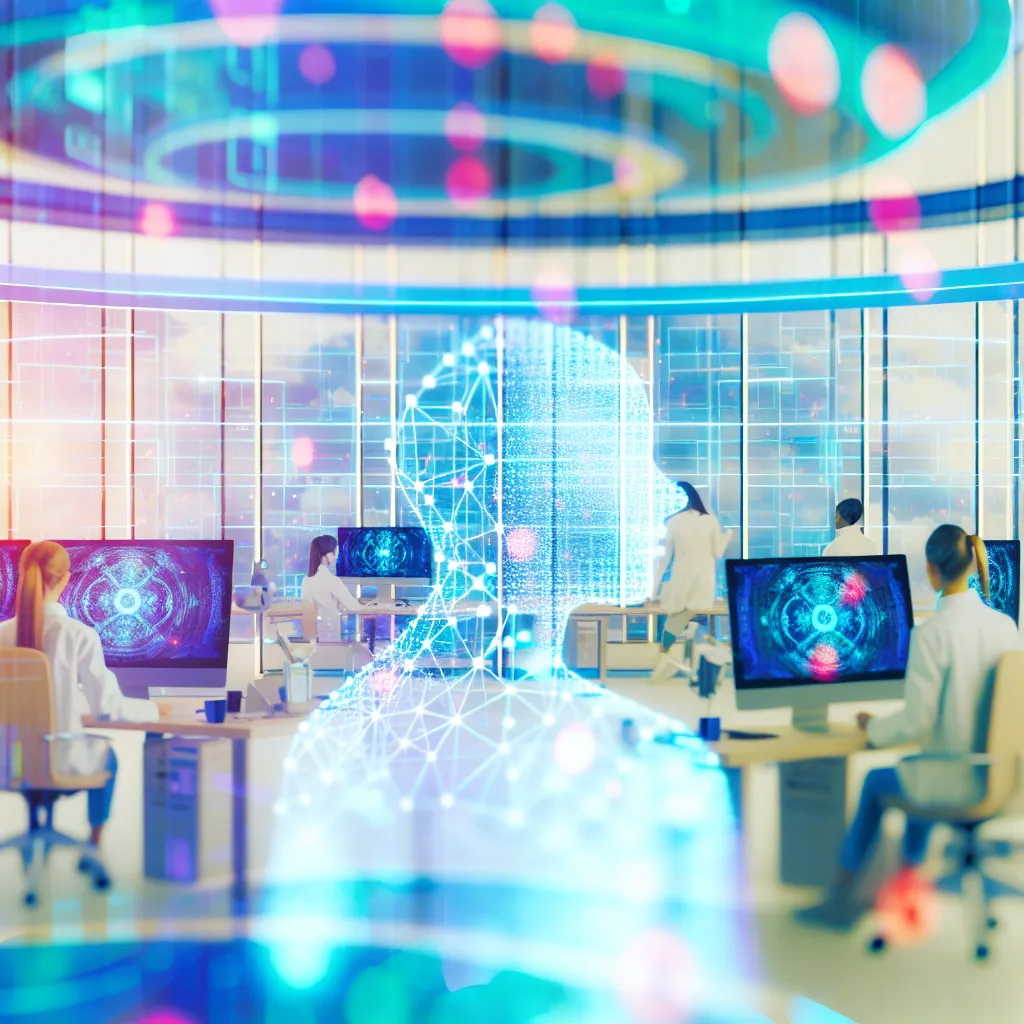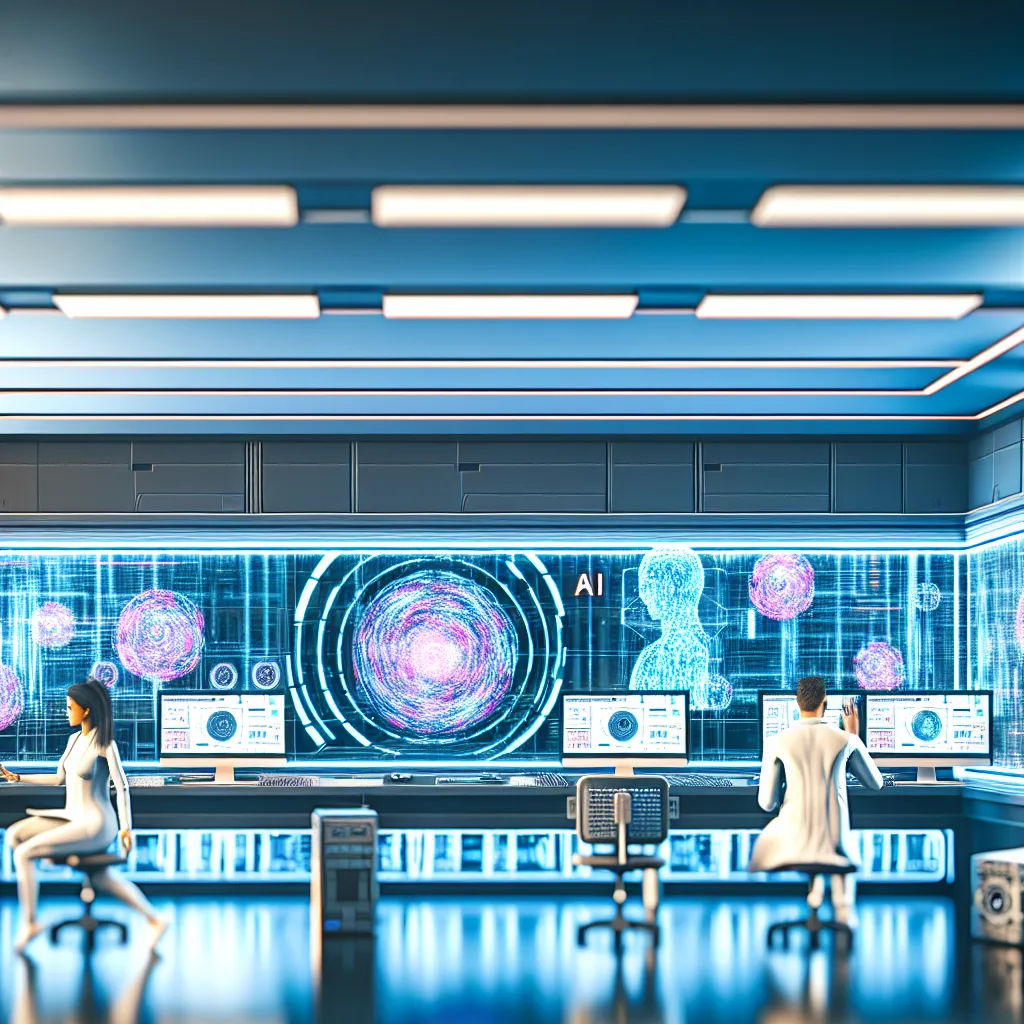
Artificial Intelligence (AI) continues to evolve, shaping industries and redefining the boundaries of what machines can achieve. While generative AI has already made significant strides, introducing new ways to create and innovate, the future of AI might be even more transformative with the advent of agentic AI. This blog post delves into the basics of generative AI and explores the potential of agentic AI as it unfolds.
Understanding Generative AI
Generative AI refers to systems capable of creating content, be it text, images, music, or even entire virtual environments. These systems, such as OpenAI's GPT-3 and DALL-E, use deep learning models to generate new data from existing datasets. Unlike traditional AI, which focuses on pattern recognition and decision-making, generative AI models are designed to produce original content.
How Generative AI Works
Generative AI models are trained on large datasets to recognize patterns and structures. Through techniques such as neural networks and transformers, these models learn to generate new content that mimics the styles and nuances of the data they were trained on. For example, GPT-3 can generate human-like text based on a given prompt, while DALL-E creates images from textual descriptions.
Limitations of Generative AI
Despite their impressive capabilities, generative AI models face limitations. They can produce biased or nonsensical outputs if trained on biased datasets. Moreover, the quality of generated content heavily depends on the diversity and quality of the training data. Ethical concerns also arise, particularly around the potential misuse for creating deepfakes or spreading misinformation.
The Emergence of Agentic AI
While generative AI is about creating new content, agentic AI represents the evolution towards autonomous systems capable of making decisions and taking actions. Agentic AI combines the creativity of generative models with decision-making capabilities, enabling machines to perform tasks with minimal human intervention.
Characteristics of Agentic AI
Agentic AI systems are characterized by their ability to perceive their environment, make decisions based on data inputs, and execute actions to achieve specific goals. This type of AI leverages reinforcement learning and advanced neural networks to adapt to new situations, optimize performance, and learn from outcomes without constant human oversight.
Challenges and Ethical Considerations
As with any powerful technology, agentic AI brings challenges. Ensuring these systems act ethically and remain aligned with human values is crucial. There is also the concern of accountability—determining responsibility when autonomous systems err. Moreover, widespread implementation may disrupt job markets, necessitating proactive strategies for workforce transition.
Practical Applications of Generative and Agentic AI
Generative AI is already revolutionizing industries. In media and entertainment, AI-generated scripts and music are becoming mainstream. In healthcare, AI can assist in drug discovery by simulating chemical interactions. On the other hand, agentic AI shows promise in areas such as autonomous vehicles, where it can navigate complex environments, and in logistics, optimizing supply chain operations.
The Future of AI: Where Are We Headed?
As we look to the future, the integration of agentic AI with existing technologies promises to unlock unprecedented possibilities. We may see the rise of intelligent assistants capable of managing complex tasks autonomously, and industries could become more efficient through AI-driven insights. However, balancing innovation with ethical considerations will be key to ensuring these advancements benefit society.
Conclusion
Generative and agentic AI are at the forefront of technological innovation, each offering unique capabilities and challenges. As we harness these technologies, it is crucial to navigate the ethical landscape thoughtfully and responsibly. For business leaders and tech professionals, understanding these AI advancements is essential to staying ahead in a rapidly evolving landscape. As we embrace the future, the potential for AI to transform industries and improve lives is vast, yet it requires careful stewardship to ensure it serves humanity's best interests.
About AI Toollens
AI Tools platform expert



